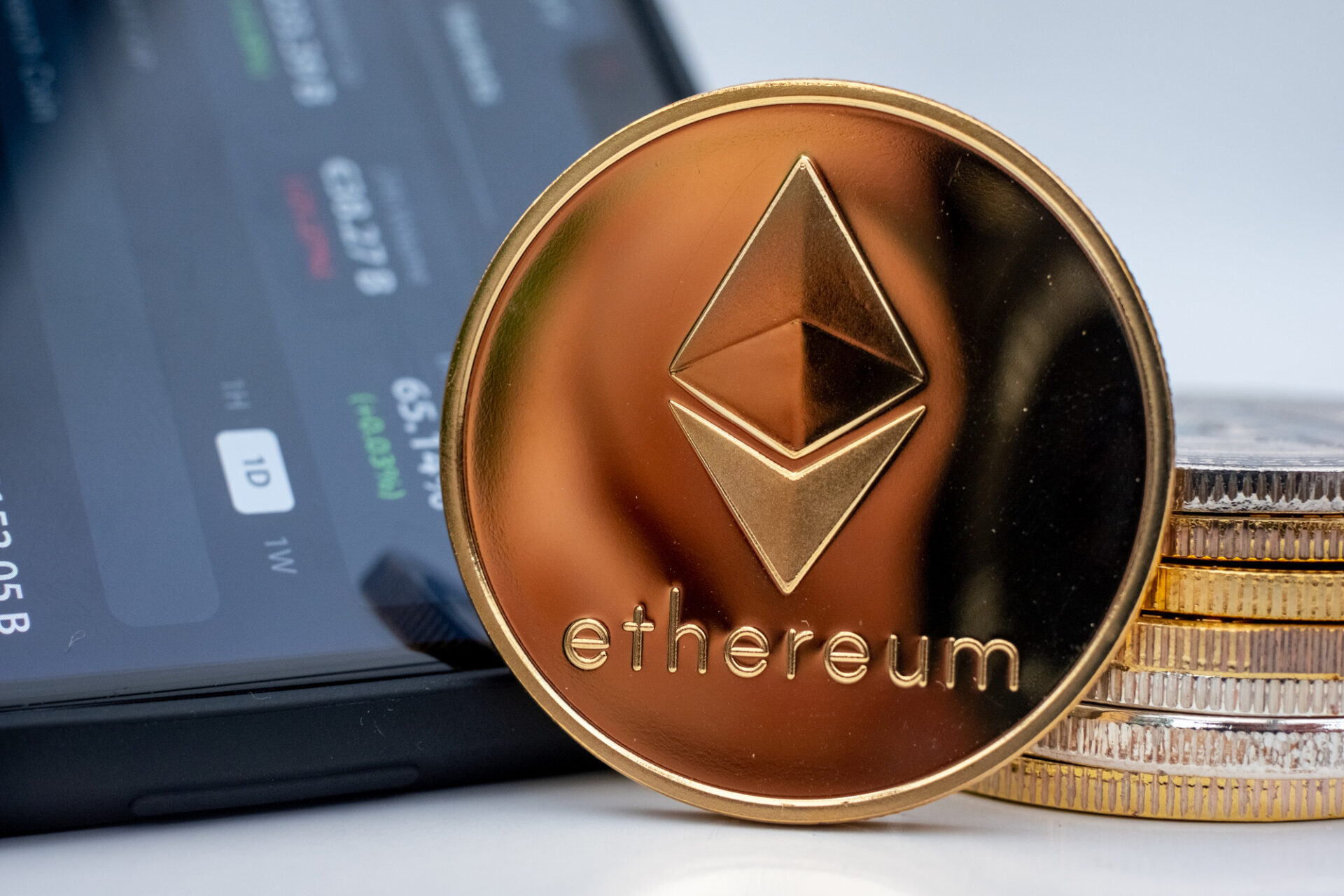Ethereum merged successfully, and post the transition to proof-of-stake, analysts have handed the concerns surrounding the ETH blockchain. Analysis stays bullish on Ethereum and sets a new price target for the altcoin.
This week, the Ethereum blockchain is anticipated to undergo a long-anticipated upgrade called “The Merge.” The transition that will shift the network to a proof-of-stake system from the present proof-of-work method is anticipated to cut down on energy use and costs, making it possible to expand the ecosystem much faster.
Stephanie Hughes breaks down all the upgrade details, who it helps and who it hurts.
So, What’s the Ethereum Merge About?
In other words, the Ethereum Merge defines the joining of Ethereum’s proof-of-stake (PoS) Beacon Chain along with the existing Ethereum Mainnet, marking the end of the proof-of-work consensus mechanism for Ethereum.
PoS is the process enabling cryptocurrency owners to confirm transactions on the blockchain network based on the number of coins the validator stakes. That comes in contrast with PoW, which has blockchain members resolving mathematical puzzles using computers to mine cryptos, a process that needs a large amount of computing energy and power.
The Ethereum Foundation has also called the Merge the most important upgrade in the whole history of Ethereum. It points out that the shift will widen the level of activities, which could happen on the blockchain to lessen the energy usage of Ethereum by at least 99.9%, addressing the long-standing criticism that the whole mining process and cryptos are not eco-friendly.
When Was It?
The Ethereum Merge has hit many snags and delays since the upgrade was first publicized in 2014. However, crypto enthusiasts anticipated the implementation last September 15.
Who Benefits from It?
The Merge is a positive for investors and companies in the industry. While it’s not guaranteed to increase Ethereum’s price and is not expected to lessen transaction fees, the massive anticipation that surrounds the potential for bigger scaling opportunities to support future projects is what drives excitement about the entire project.
Ether Capital’s chief executive officer Brian Mosoff characterized the merge as a back-to-basics moment where market participants and investors have been able to shift their attention away from shinier headline-grabbing components of the market, such as NFTs, and focus more on the infrastructure.
Who’s Affected?
The Merge will see Ethereum shift away from PoW mining processes, but crypto miners are likely to be more likely affected. During the operations updated in August, Canadian crypto miner Hunt 8 noted its Ethereum-winning business produced at least 10.7% of its overall production as of July 31.
The company that mines Ethereum and Bitcoin told the Financial Post that it has other choices to discover to diversify its business lines.
So, What Could Go Wrong?
Many crypto fans anticipate the Merge to go ahead without a problem, but there’s still a tiny risk that it may not be successful, something which could wash out billions of dollars in the Ethereum market cap, which has established anticipation on the move.
You’ll also find other possible risks. Other PoW supporters have considered that PoW has a more comprehensive track record than PoS did, which hasn’t been tested over increasingly sophisticated online attacks.
The best part here is that the buzz that surrounded the upgrade could give increase scams and frauds. The Ethereum Foundation has also warned many users about efforts to trick Ethereum holders into exchanging them for a fake Eth2 currency, which scammers says is essential to work on the new protocol. However, no such currency is necessary.
Will the Merge Make Ethereum Less Safe?
Most ETH holders are worried that moving from computer processing power to ETH holders to confirm transactions will open the entire Ethereum network to potential collusion and an attack.
But that’s very unlikely. That’s because any misbehaving validators will have their incentives and stake seized if they take malicious and harmful actions over the network.
Will the Merge Make Ethereum Faster and Cheaper?
No. That’s because the Merge isn’t the last update in the Ethereum 2.0 journey. The first phase is the Beacon Chain. That’s followed by the Merge. The final stage is sharding, which will introduce side chains to make Ethereum more scalable and effective. It’s in the final stage that Ethereum transactions will be faster and cheaper.
ChesWorkShop commits to presenting fair and reliable information on subjects including cryptocurrency, finance, trading, and stocks. However, we do not have the capacity to offer financial guidance, advocating instead for users to conduct their own diligent research.

